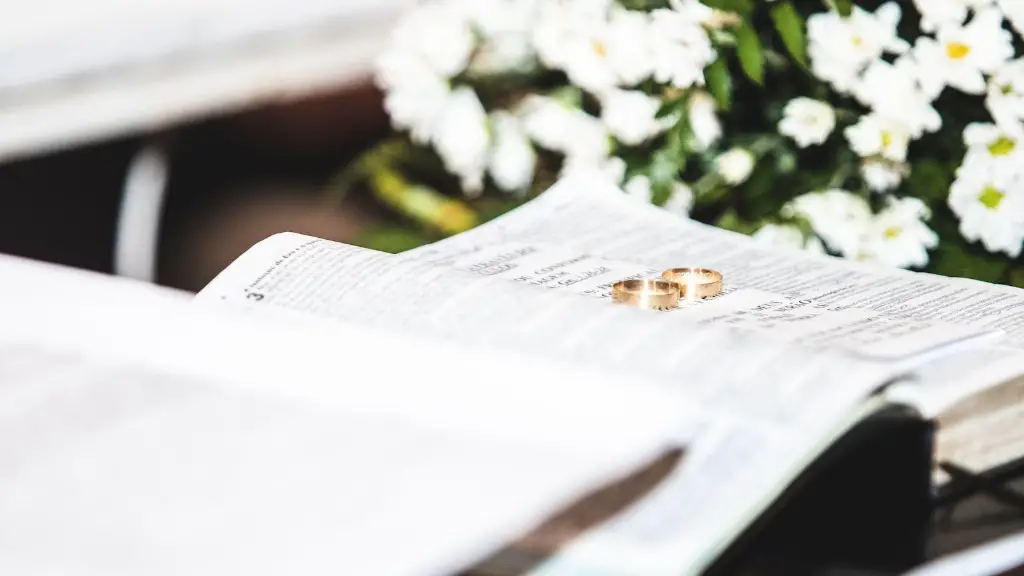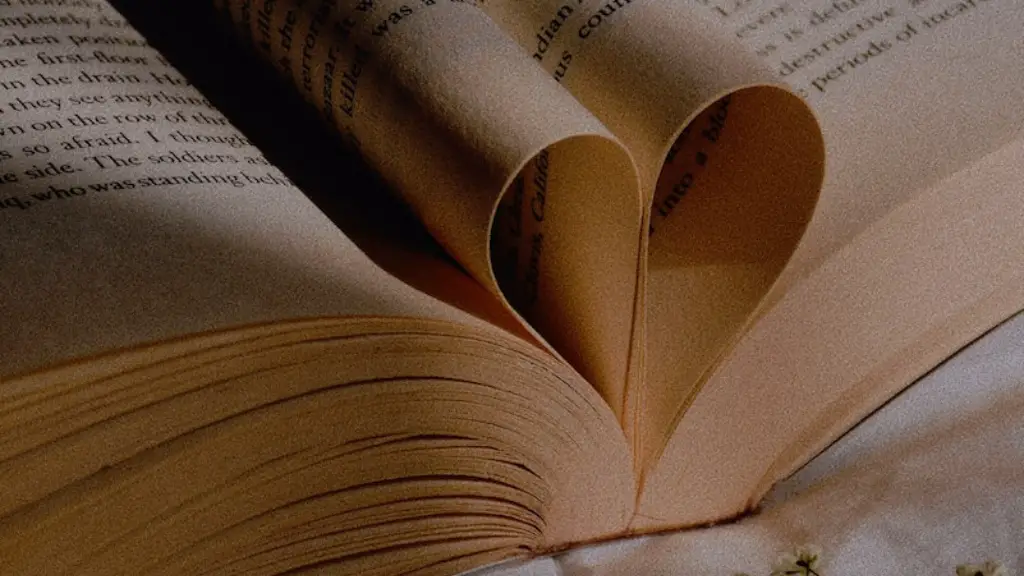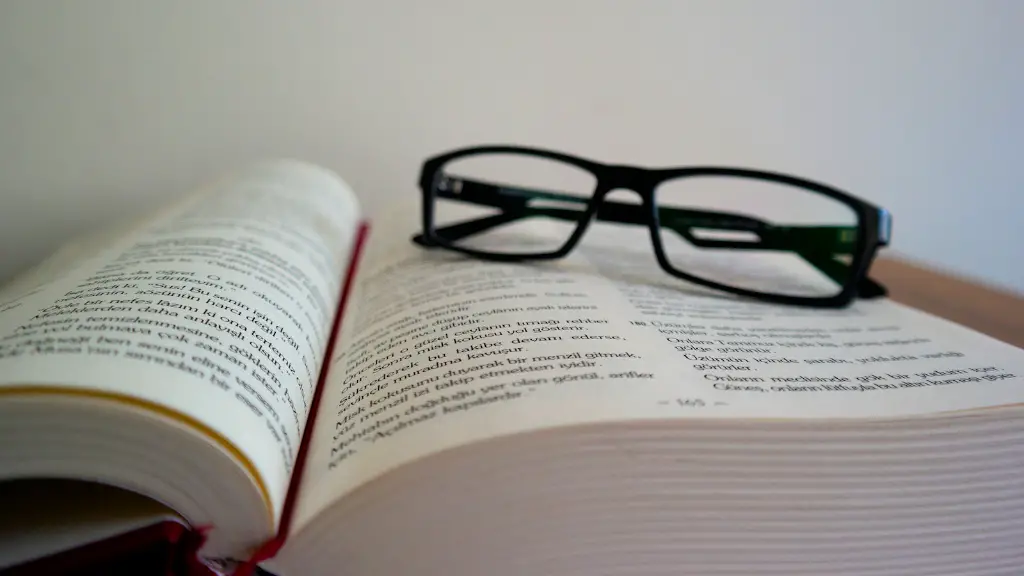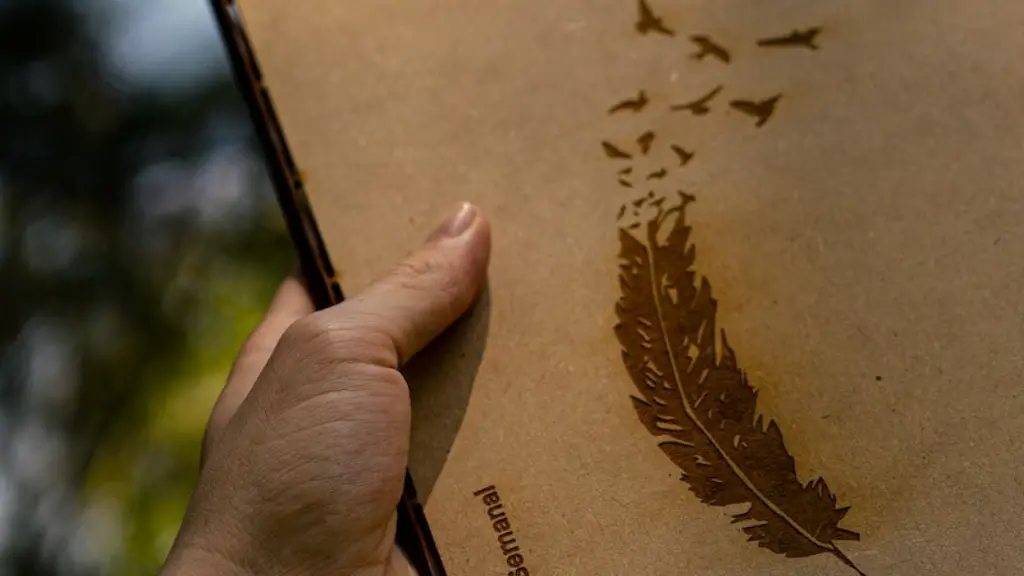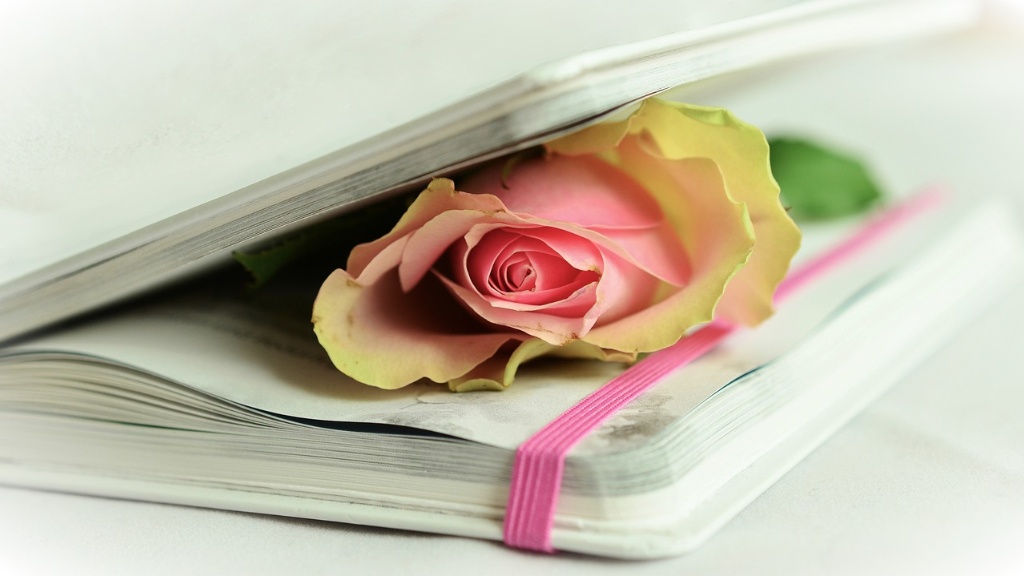What Is An Apostrophe In Poetry?
An apostrophe is a literary device in poetry, where the speaker directly addresses an inanimate or absent object, or an imaginary or absent person. It is most commonly used to personify something, expressing the poet’s emotion or state of being. This type of figurative speech develops a unique, lyrical feeling for the poem. Apostrophes are used to make the poem more appealing by introducing humor or adding intensity.
Apostrophes can be used with both real and imaginary entities. For example, in a poem about a storm, the poet might refer directly to the storm, asking why it had to come in and ruin the peaceful night. By using personification, the poet is able to tell the story more effectively and evoke an emotional response from the reader.
Personification is a rhetorical figure of speech in which a nonhuman or inanimate object is given human characteristics or qualities. By attributing human qualities to an object, the poet makes it easier for the reader to understand the poem’s message, as they can relate to it on a deeper level. Personification can also create a sense of awe, or of great respect, for the inanimate object.
Apostrophes can be used to ask questions of the subject, to give them advice and instruction, to express gratitude, and to offer praise. They can help add a sense of drama to the poem, making it impactful and lyrical. By using apostrophes, the poet can develop a more intricate narrative, allowing them to really drill down into their themes.
In addition to personifying the subject, apostrophes can also be used to create an intimate relationship between the poet and the subject. By using an apostrophe, the poet can seem more connected to the situation and can create a unique bond between them and the reader. This can be a great way to reach the reader on an emotional level and to make the poem more meaningful.
Apostrophes can be found in a variety of forms, including in poems, plays, and novels. In poetry, apostrophes are a great way to impart emotion, create imagery, and allow the reader to feel as if they are part of the story. They are a powerful tool for poets to use, and can really help to elevate a poem and make it more meaningful.
Personification In Apostrophes
Personification is an essential part of an apostrophe. It is when the poet assigns human characteristics to an inanimate object, which can create a stronger connection between the reader and the poem. By assigning human qualities to a subject, the reader is able to better understand the poem and feel a connection to it. Personification also has the effect of creating a sense of awe, respect or wonder, as the reader is able to relate to something that is not actually human.
Personification can also create a sense of wonder and power, as the subject in a poem is usually something that is viewed as powerful and awe-inspiring. By assigning human qualities to it, the reader is more likely to respect the subject and be in awe of its power. This sense of awe can help to engage the reader, making the poem more impactful and meaningful.
Personification in apostrophes also helps to add emotion to the poem. By assigning human qualities to the subject, the reader is more likely to feel for it. This can help to evoke powerful emotions in the reader, allowing them to connect with the poem on a deeper level.
Personification is a great way to create a unique bond between the poet and the reader, as it allows the poet to communicate their feelings and ideas to the reader in a more intimate and powerful way. By creating this type of bond, the reader will be more likely to connect to the poem and understand its message.
The Role of Apostrophes In Poetry
In poetry, apostrophes are used to impart emotion and create a deeper connection between the poet and the reader. By introducing personification, the poet is able to impart a range of emotions, evoke a sense of awe, and create a strong bond between them and the reader. Apostrophes are often used to make the poem more impactful, as they add depth and meaning to the poem.
Apostrophes can also be used to create imagery. Use of personification can create vivid images for the reader, making the poem more interesting and captivating. By assigning human characteristics to an object, the poet can make the poem more visually appealing, allowing the reader to better understand the message.
Through the use of apostrophes, poets can also create a sense of intimacy between them and the reader. By speaking directly to the reader, the poet is able to create a deeper connection and a more meaningful relationship. This bond between the poet and the reader makes the poem more impactful and can help to add emotion to the poem.
Apostrophes can also be used to express emotion. By introducing this type of direct address, the poet is able to more effectively communicate their feelings and emotions. This can help to make the poem more powerful and can evoke a range of emotions in the reader.
The Power of Apostrophes In Poetry
Apostrophes are a powerful literary device in poetry, allowing the poet to directly address their subject and create a strong bond with the reader. Through the use of personification, the poet is able to introduce emotion, evoke awe, and create imagery. Apostrophes can also be used to create a stronger connection between the poet and the reader, and can help to make the poem more meaningful and impactful.
By using apostrophes, poets can also express a range of emotions, making the poem more powerful and captivating. The poet is able to impart emotion directly to the reader, engaging them on a deeper level and connecting them to the poem in a way that would not be possible without the use of apostrophes.
Apostrophes can also be used to create juxtaposition, which is the contrasting of two different elements to help the reader better understand a concept. This can be especially useful in poetry, as it can help to convey a more nuanced message and can add depth to the poem.
Apostrophes are a powerful tool for poets to use and can really take a poem to the next level. They can help to create a unique bond between the poet and the reader, allowing them to express emotion and make an impact. By using apostrophes, poets can elevate their poem and convey their message more effectively.
What Is An Apostrophe in Music?
An apostrophe in music is similar to an apostrophe in poetry. It is a literary device in which the performer directly addresses the audience, or an imaginary or absent person. This is a powerful way to add emotion and intensity to the music, making it more engaging and dynamic.
In music, apostrophes are often used to create a more intimate relationship between the performer and the audience. By speaking directly to the audience, the performer is able to add a special touch to the performance, creating a deeper bond between them and the listener.
Apostrophes can also be used to evoke emotion in the listener. By attributing human qualities to the performance, the performer is able to create a stronger connection to their music. This can be a great way to create suspense and tension in the performance, making it more captivating and compelling.
The use of apostrophes in music can help to create vivid imagery, allowing the listener to visualize the performance and connect with it. By speaking directly to the audience, the performer is able to make their performance more powerful and meaningful.
The use of apostrophes in music is a great way to add emotion and drama to a performance, making it more memorable and engaging. By using this literary device, performers are able to create an intimate connection with the audience and make their music stand out.
Concluding Thoughts
Apostrophes are a powerful tool for both poets and musicians to use. By using personification, they are able to create a strong and meaningful bond between them and the reader/listener. Apostrophes can also be used to impart emotion and create vivid imagery, allowing the poet/performer to make a greater impact on their audience.
Apostrophes can elevate a poem or performance, allowing the poet/performer to convey their message more effectively and make a stronger connection. This is a great way to ensure that the poem/performance is more memorable and meaningful. By utilizing apostrophes, a poet/performer can truly take their art to the next level.

